ISO 55001:2014 Asset Management — Management Systems — Requirements
An Asset Management System (AMS) is a dedicated management system implemented in organizations to help them manage their vital business assets, including physical, information, infrastructure, intellectual property, and other intangible assets. The ISO 55001 asset management standard defines the requirements for establishing the AMS in the best way to enhance the performance of the assets and help your organization gain more value from them.
By implementing an ISO 55001 compliant AMS, you can carry out the following practices, which are essential for the effective management of assets.
- Analyze the organization’s asset base and the needs or expectations of the stakeholders.
- Formulate an appropriate asset management policy by considering the organization’s objectives and perceptions of the stakeholders.
- Create a strategic Asset Management Plan that would guide your management in making any asset decisions.
- Arrange enough resources, raise employee awareness, and ensure information and communication flow for efficient management of resources.
- Monitor and measure the AMS’s performance and an asset base for continual improvement.
The key benefits of implementing an effective ISO-compliant AMS in your organization are
- A greater understanding of your assets and how they support your business’s objectives.
- Decisionmaking based on data related to the performance of assets which helps to reduce costs or risks associated with them,
- Assured improvement in the financial performance of your organization.
- Increase the stakeholder confidence in your organization’s asset performance and capabilities.
- Assurance for continual asset performance improvement while optimizing their value or returns.
Assets exist to perform certain functions and deliver value to the organization. Asset management must introduce practices to manage asset efficiency and increase performance capabilities. The ISO 55001 asset management standard is the international standard supporting the best requirements for an AMS. Achieving it can help you to focus not only on the management of assets but also on realizing maximum value.
Quick Navigation
What is ISO 55001 Certification?
Assets come in all sizes and shapes, and all organizations have assets. It is essential to manage assets; ISO 55001 certification can help you with this. ISO 55001 was published in January 2014 and pinpoints specific requirements for implementing and maintaining assets. This standard is implemented to manage risk and improve the organization’s performance. Along with this, it also improves the assets with an asset management system. When an organization implements this standard across different sectors, it will benefit its asset management greatly.
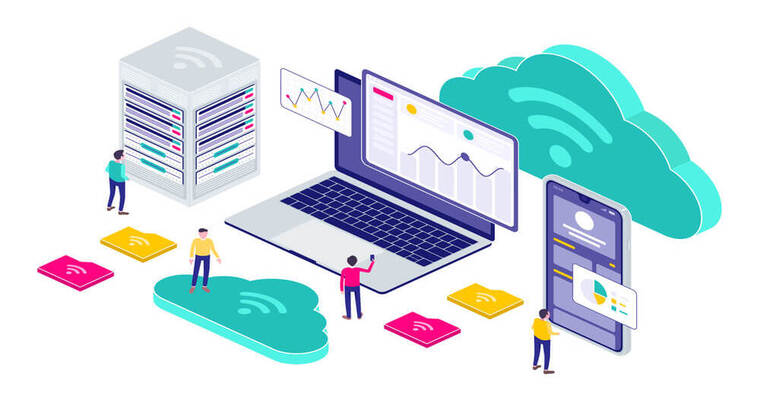
Businesses of all sizes need to achieve the ISO 55001 certification as a prerequisite for effective asset management. Being an international standard for asset management, it defines the best practices that organizations need to adapt to optimize the value of their assets, eliminate risks and assure their performance. In simple terms, ISO 55001 helps make the management of assets more failproof by managing every risk, from improper maintenance to accident prevention.
These are the requirements underlined by the ISO 55001assset management standard, which helps organizations to improve their assets’ performance.
- Consideration of the needs of every stakeholder regarding the asset management system.
- Creation of a Strategic Asset Management Plan (SAMP), which would define the objectives and scope of AMS.
- Evaluate and monitor assets throughout their life cycle (starting from purchase, installation, operational phase, and disposal).
- Considering the total costs of ownership of the assets helps further identify their risk (theft or damage).
- Proactively review the assets and improve the AMS to drive their efficiencies.
- Inherent real-time assessments of the risks and opportunities related to your every asset.
- Documentation or keeping proper records of assets and their performance to clarify your company’s ownership in the future.
Achieving the ISO 55001 certification for your business helps manage your assets effectively. Here are the potential benefits that you can achieve along with it.
- Improved financial performance and increase in growth potential.
- Improved regulatory compliance.
- Enhanced reputation of your business.
- Significant cost savings.
- Increased organizational resilience and reliability of the assets.
- Competitive advantage in the market.
What are the Benefits of ISO 55001 Certification?
Asset Management is an inherent part of business management that helps a company handle its assets wisely and use them to render maximum value to its business. Business assets include physical and capital assets that help in the operations of the businesses as well as growing their financial strength. ISO 55001 certification validates an effective asset management system in an organization.
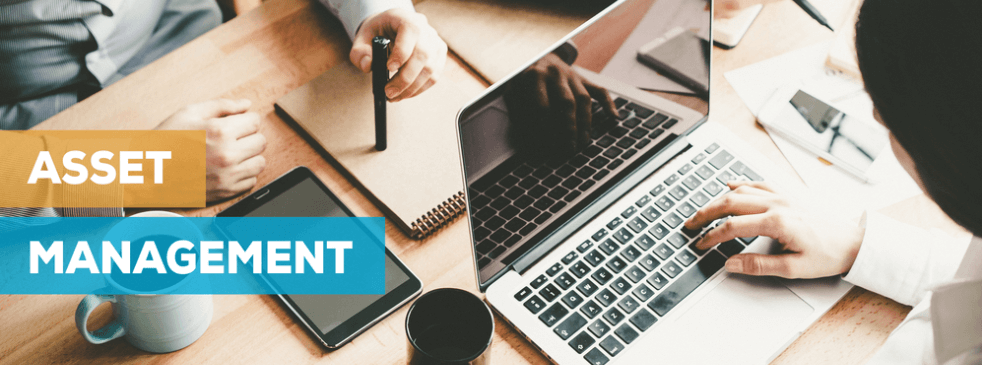
Achieving the ISO certification helps your organization to adopt the best guidelines for managing the lifecycle of your inherent assets and driving their value for a higher return to the business. Effective asset management also helps reduce the costs incurred to avoid or mitigate the risks to the business assets.
While every organization has a certain ambiguous framework or policies for asset management, ISO 55001 certification helps you develop a systematic asset management approach. It helps you to handle your assets more cautiously to support your business growth and objectives.
Reasons you need ISO 55001 asset management system:
- Manage the assets effectively and optimize their lifecycle.
- Mitigating the risks to the asset’s value and managing them.
- Enhancing the financial strength or performance of your business.
If your organization has its asset management system certified with ISO 55001 standards, you will gain the following benefits in the short and long run.
- Development of feasible and effective cash flows.
- Increased ability to handle the lifecycle of assets and improve returns from them.
- Make every asset more fulfilling, i.e., having the ability to deliver their necessary functions.
- Support the business growth with proper utilization of assets.
- Promote financial growth with increased profitability.
- Manage risks related to the ownership of your assets.
- Protect brand reputation and trust of the stakeholders.
To get the best out of your company’s assets. Achieving ISO 55001 certification is the wisest decision ever. From enabling you to smoothly manage your every asset to reducing the risks and supporting business growth, It helps in all. It assures to make your asset management system more supportive by including management of all forms of assets. Certified asset management helps drive your business’s bottom line by deriving the intended outcomes from your assets.
ISO 55001 Asset Management System: Do You Need It?
Organizational assets, including physical and capital assets, have a significant role in their growth and success in how those assets are utilized and managed to determine whether there is a further drain of resources or add value to their existing resources. The ISO 55001 asset management standard helps organizations to manage their assets more efficiently irrespective of their business type, size, or complexity of operations. ISO 55001 is the international standard defining the requirements for an appropriate asset management system (AMS) that helps mitigate or manage risks.
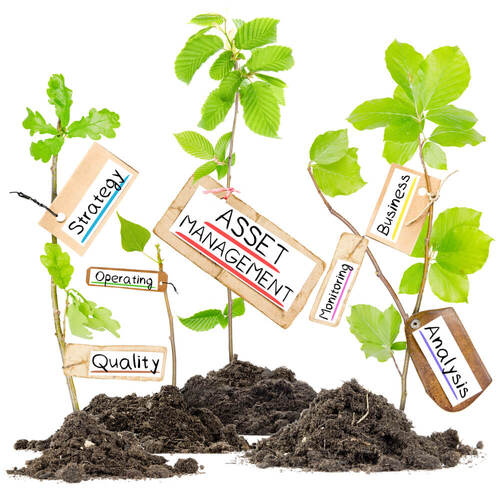
These are the potential benefits of an asset management system that a business can derive.
1). Effective Management of Risks and Value
A standardized AMS helps organizations to have a greater understanding and governance of their assets. As a result, risks are identified earlier, more easily prevented, and ensure higher reliability.
2). Integrates with Other Management Systems
An AMS based on ISO standard regulations can seamlessly align with other ISO management systems, including quality management, information security, and environment management. The integration thus helps significantly in overall risk management in the organization.
3). Standardization of Assets
An AMS allows big manufacturing organizations to standardize their plants, equipment, and material supplies and manage them efficiently, which saves costs.
4). Improves Financial Performance
With optimized management of asset risks and reliability, an AMS supports and improves the financial performance of an organization and drives its growth.
Now that you know what ISO 55001 asset management standard is, the question is, does your business need it? Companies of any type or size all have at least one or more forms of assets as they are the front door to their operations, so it is a requisite management system for your company if you want to maximize the value of your assets and improve organizational sustainability.
7 Vital Elements ISO 55001 Certification
When it comes to the implementation of an ISO 55001 asset management standard, how ready is your organization? Most organizations jump over the certification process without knowing their readiness. It is enough to reduce an organization’s chances of gaining ISO 55001 Certification.
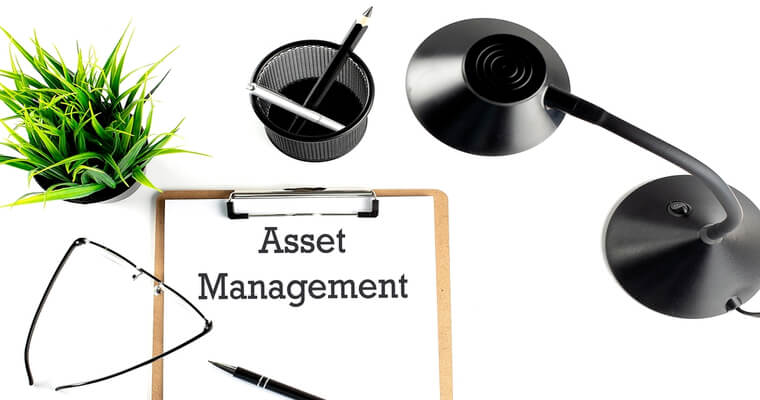
1). Organizational Context
Can you pick the best dress from the shop without knowing your body shop and size? Not Right? Then how can you think of implementing an asset management system without a proper understanding of your organization? The initial stage of the preparation process for ISO 55001 starts with developing an appropriate understanding of your organizational context; learn about your organization’s nature, capabilities, and current state before making any decision regarding implementing a brand new management system.
2). Leadership
In most organizations, asset management is limited to the top management or the group of leaders. Since asset management involves confidential issues, it is obvious. Therefore, top management should actively develop and maintain an asset management system.
3). Planning
An effective plan should be made based on the general analysis of the business and the inputs provided by the top management.
4). Support
It is important to demonstrate how the plan supports the business and the organization’s asset management goals. ISO 55001 Standard demands support from every part of the organization. Both employees and the management team should be involved in the entire process.
5). Operation
Each Operation for the ISO standard should be carried out per the instructions given in the ISO 55001 guidelines.
6). Performance Evaluation
An organization is bound to evaluate the performance of the asset management system frequently so that it can find out what’s wrong with the system.
7). Improvement
Based on the performance assessment results, the organization should initiate the right actions to ensure continual improvements.
7 Key Challenges in Asset Management
Organizations acquire or buy various assets that help their operations, add value to their business, and raise their income. However, they need to manage those assets to ensure that they perform efficiently and deliver their intended functions for the benefit of the business. Asset Management is undoubtedly a vast aspect of an organization full of challenges. That is why ISO 55001 certification is an essential yardstick for asset management. It helps establish an effective AMS (Asset Management System) that gives you a defined set of practices to track, manage and improve your assets.
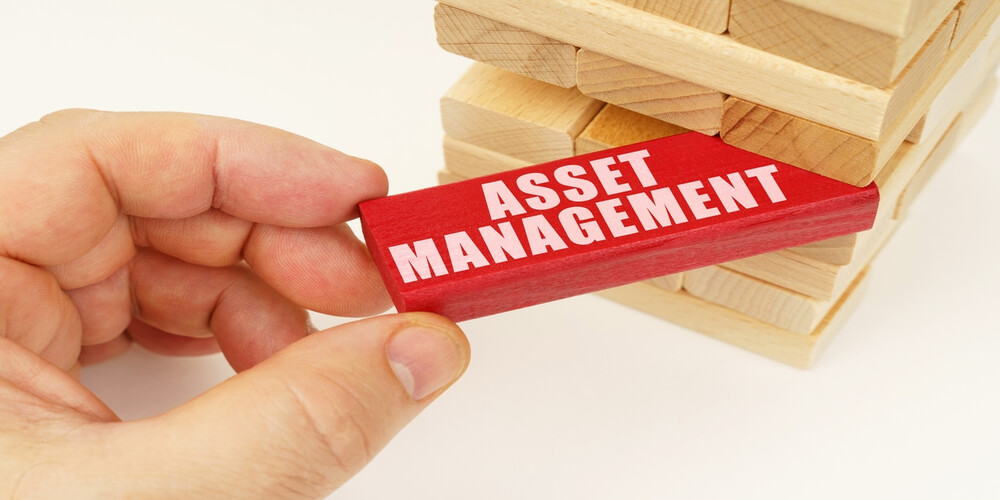
Implementing a standardized system like an ISO 55001 Asset Management System is necessary to overcome the following asset management challenges. Dealing with these challenges is also necessary to ensure that your assets continuously contribute to your productivity and improve your financial performance.
- Loss of any valuable assets due to misplacing or lack of visibility.
- Overestimation or underestimation of assets stock due to inefficient tracking causes delays in operations or higher overhead costs.
- Damages or stealing of assets due to the absence of consistent supervision or monitoring.
- Failure in production, downtime, or event delays due to non-availability of assets.
- Relating the assets with each other in a relevant manner for specific business operations.
- Collecting real-time analytics or data for informed decision-making.
- Supporting the assets management to new business requirements or goals.
Most organizations seek a uniform and all-inclusive AMS to solve these challenges. The ISO 55001 certification is essential because it specifies the requirements for formulating and implementing such an AMS. It is inherently structured to define the asset’s functions, collect silos of data, and help in decision-making that improves their returns. Promoting the best practices for the AMS underpins your assets’ maintenance and ensures consistency in their performance.
How Do You Start the ISO 55001 Certification Process?
The ISO 55001 certification for your Asset Management System (AMS) is essential for your organization to optimize asset performance, improve financial performance, and manage/mitigate asset risks. By promoting an effective AMS, you can also make informed decisions regarding asset management that maximize your returns in the long run. If you need a long-term sustainable approach for your asset management to ensure all your performance objectives and financial needs are met, start with an ISO 55001 certified AMS.

Implementing a new or improved AMS adhering to the specific requirements of the ISO 55001 standard is an intricate process. Here is how to get started.
- Get a formal copy of the ISO 55001 standard/training/consultation session from the TUV Austria Bureau of Inspection and Certification agency to understand all standard requirements.
- Do a gap analysis of your present asset management procedures and determine their gaps compared to the requirements.
- Formulate a strategic asset management policy and document your AMS aligning with the standard’s requirements.
- Implement the AMS by training your employees about their responsibilities and processes of AMS.
- Talk to our team, who will take you through the ISO certification process and arrange internal audits or assessment schedules.
- Conduct a management review of your AMS and get an internal audit done to ensure that it is effective and compliant with ISO 55001.
While the ISO 55001 certification process sounds intimidating due to the complex steps involved, having a reliable certification partner takes away half of your hassles. You need to provide them with a clear idea of the type/size of your assets, the current system of managing them, potential risks, and your predetermined goals regarding asset management. They can create and document an AMS in the context of your organization and ensure that it is implemented by meeting the ISO 55001 requirements. They can lead you to successfully implement an AMS by providing training and ongoing guidance to your staff during the entire process.
ISO 55001 Certification in Pakistan
Asset Management has always been a powerful weapon for an organization that can save time and money and eliminates many associated headaches. Using ISO 55001 Standard, many Pakistani companies have rolled out an approach to asset management. The International Organization for Standardization introduced ISO 55001 certification in 2014. As an outcome, Pakistani companies are soaring to a new height regarding waste management.

The main aim of the organizations (which are somehow associated with asset management) is to improve the asset management practices within the existing structure that would ensure the sustainability of an organization. The ISO 55001 standard allows businesses to achieve these objectives in terms of cost, operation, and regulatory requirements.
Listed below are some significant benefits of this standard.
- Well-structured and secure asset management system.
- Asset Management cost reduction.
- Savings of time.
- Improved brand image.
- Market reputation.
TUV Austria Bureau of Inspection & Certification’s vast umbrella of certification services includes:
- ISO 9001 – Quality Management System
- ISO 14001 – Environmental Management System
- ISO 45001 – Occupational Health & Safety Management System
- ISO 27001 – Information Security Management System
- ISO 20000 – IT Service Management System
- ISO 22000 – Food Safety Management System
- HACCP – Food Safety Management System
- Halal Certification
- ISO 21001 – Educational Organizations Management System
- ISO 29990 – Learning Services Management System
- ISO 20121 – Sustainability Event Management System
- ISO 22301 – Business Continuity Management System
- ISO 37001 – Anti-Bribery Management System
- ISO 28000 – Supply Chain Security Management System
- ISO 13485 – Quality Management Systems for Medical Devices
- ISO 39001 – Road Traffic Safety Management System
- ISO 31000 – Risk Management – Guidelines
- ISO 22716 – Good Manufacturing Practices for Cosmetics
FAQS
What is an Asset Management System?
In simplest terms, an Asset Management System (AMS) is a structured framework aiming to track, control, and optimize a business’s physical and intangible assets. The key is ensuring their returns are maximized with effective management during their lifecycle. ISO 55001 is the internationally accepted standard for an AMS, so it defines the regulations that organizations should meet while implementing their AMS. ISO 55001 certification is crucial in asset management as it helps validate your AMS and ensure its effectiveness in managing assets.
What are the Purposes of an AMS?
The key purposes of the AMS are:
- Retaining excess costs.
- Improving assets operations and product quality.
- Maximizing efficiency and returns.
While the AMS aims to minimize the total costs of managing your assets, it enables you to control operations/functions of your assets more accurately, enabling them to perform at their peak.
What are the Inherent Business Benefits of an AMS?
A well-implemented AMS can provide your organization with the following business benefits.
- Informed decision-making regarding investment in assets.
- Reduction in risks to assets ownerships.
- Demonstrate your business’s compliance with regulatory, statutory, and legislative requirements.
- Improvement in corporate reputation in the industry due to higher stakeholder satisfaction.
- Improved organizational resilience and sustainability.
- A consistent push towards financial growth.
The AMS is a collection of processes and practices that can help you to manage assets that are the foundation of your business. Therefore, you need a robust AMS framework accredited with the ISO 55001 certification to ensure that best practices are adopted in your organization.